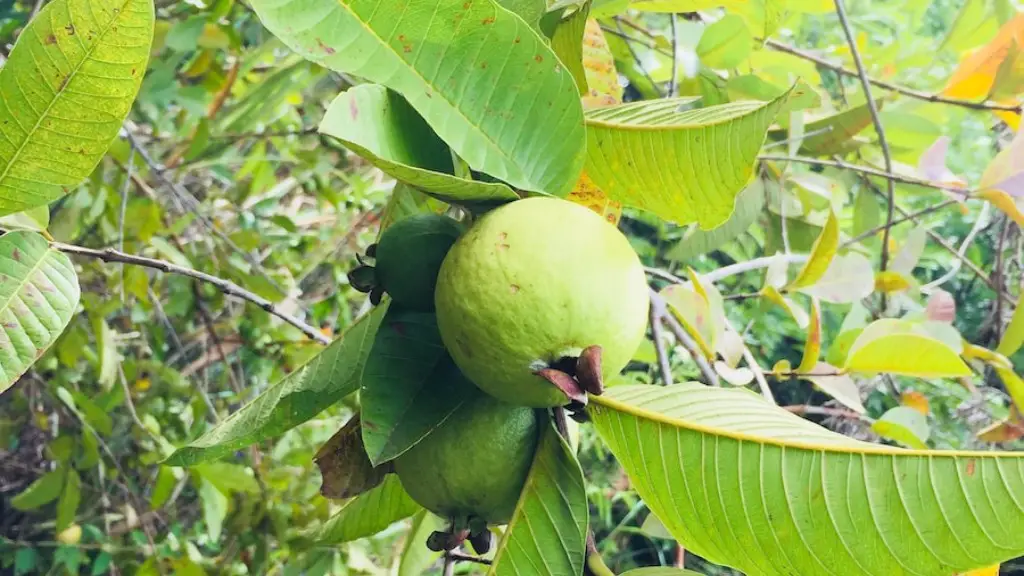Maintaining a small lemon tree requires some effort, but it can be done. Here are a few tips on how to keep your lemon tree small and healthy. First, ensure that you’re planting your lemon tree in the right spot. A south-facing spot will get plenty of sunlight, but not too much. Next, prune it regularly. This means trimming off dead or diseased branches to create a uniform shape. Pruning also helps to promote growth and keep the tree manageable. Third, water your lemon tree only when the soil is dry, and then use a deep-soaking method. Avoid soggy soil which can lead to root rot and other problems. Fourth, fertilize your tree every six weeks during the growing season. This will promote healthy growth, but without encouraging excess size. Fifth, protect your lemon tree from the cold by covering it with a sheet in the event of frost. Lastly, when the tree does get too big for the space, do not be afraid to transplant it to a larger area.
Regularity of Pruning
Pruning your lemon tree is essential for keeping it small and in shape. A general rule of thumb is to prune it one to two times per year. Pruning should be done in late winter or early spring when the tree is dormant, to avoid potential pruning shock. Also, use a sharp pair of shears and make clean, precise cuts. This will enable better air circulation and help to reduce the growth of the tree. Afterwards, vigorously rake the soil surrounding the tree to remove any debris, dead leaves and twigs.
Harvesting Lemon
Harvesting lemons is an important step to keep your lemon tree small. It helps to reduce the tree’s size by removing excess lemons, which can result in overgrowth. Handpick ripe lemons and leave those that are still unripe for future use. In addition, only take lemons that you need for your purposes, as leaving the rest will result in healthy growth. As a bonus, freshly harvested lemons have the best flavor and the highest nutritional value.
Staking Lemon Trees
Staking lemon trees is a great way to keep them from falling over from the weight of their branches. Try using bamboo poles or wooden stakes to support the trunk and help keep it balanced. You can also use special tree ties to help hold the branches up in the right position. Place the stakes at least 8-10 inches away from the trunk, and make sure they are firmly inserted into the ground.
Pest and Diseases Prevention
Keeping a healthy lemon tree requires controlling pests and diseases that can affect it. Check the tree regularly for signs of pests and diseases and take steps to address them as soon as you can. This can include cleaning up fallen fruit or leaves, regularly pruning the branches, and using insect traps or natural remedies like cinnamon powder and neem oil. If a disease does set in, remove infected branches as soon as you can to prevent it from spreading.
Organic Fertilizers
Most citrus trees do well with organic fertilizers, like composted manure or fish meal. It’s important to only use organic fertilizers, as they are more beneficial to your trees. Spread the fertilizers at least six to eight inches away from the trunk, and follow the instructions as to how much and how often you should fertilize. Avoid getting it on the leaves or flowers, as this can cause too much growth.
Soil Preparation
Good soil preparation is essential for growing a healthy, small lemon tree. Ensure that the soil is well-draining, as soggy soil can lead to root rot and disease. A good combination of sandy and clay soils is ideal, as it drains well and has enough nutrients for your tree to thrive. Add in organic matter such as compost or aged manure to help feed the tree and maintain good soil structure.
Mulching
Adding a layer of mulch around the base of your lemon tree helps to protect the roots and hold in moisture during the hot summer months. This, in turn, can help keep the tree smaller. Choose an organic mulch such as shredded tree bark or straw, and spread it around the base, up to two to three inches deep. Make sure to keep the mulch away from the trunk, as too thick of a layer can cause rot.


